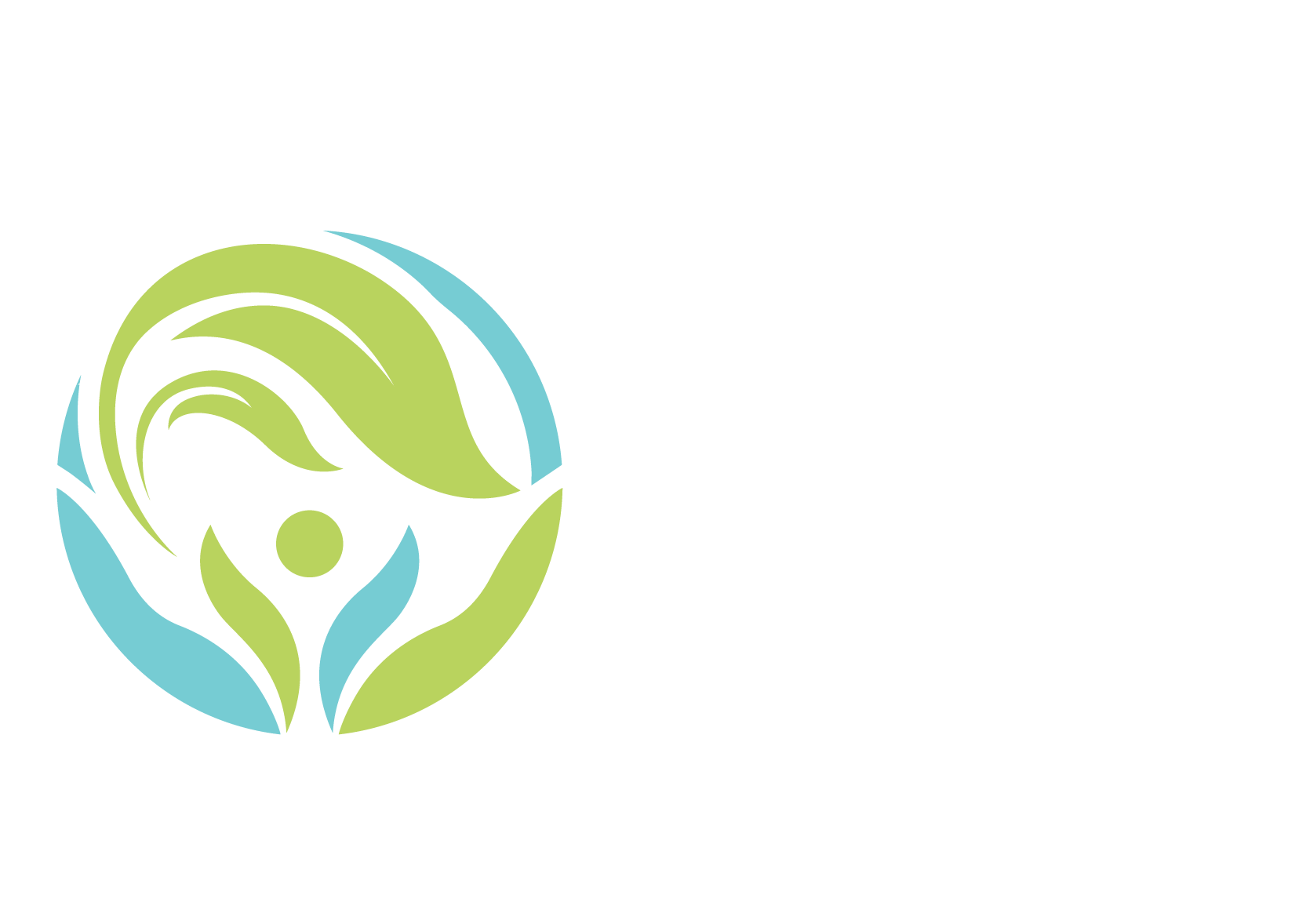Protection Services
Protection services for issues like violence against women and child protection are crucial for ensuring the safety and well-being of vulnerable individuals. These services encompass a range of preventive, supportive, and rehabilitative measures. Here are some key aspects of protection services in these areas:
Emergency Hotlines and Helplines:
- Establishing 24/7 hotlines for immediate assistance and support.
- Training personnel to handle crisis situations and provide appropriate guidance.
Shelters and Safe Houses:
- Creating safe spaces for women and children to escape abusive situations.
- Providing temporary accommodation, counseling, and support services.
Legal Support:
- Offering legal assistance and guidance to victims of violence.
- Advocating for and supporting legal measures to protect women and children.
Counseling and Therapy:
- Providing mental health services for survivors and their families.
- Offering trauma-informed counseling to help individuals cope with the aftermath of violence.
Awareness and Education:
- Conducting public awareness campaigns to educate communities about the signs of abuse and available services.
- Promoting gender equality and respectful relationships through educational programs.
Community Outreach:
- Engaging with local communities to identify and address issues related to violence against women and child protection.
- Collaborating with community leaders to promote a culture of non-violence and support.
Training for Professionals:
- Training law enforcement, healthcare professionals, and social workers on handling cases of violence against women and child abuse.
- Ensuring that professionals are equipped to provide appropriate and sensitive support.
Policy Advocacy:
- Advocating for and participating in the development of policies and laws that protect the rights of women and children.
- Working towards the implementation of comprehensive legal frameworks.
Child Protection Services:
- Establishing child welfare services to address issues such as neglect, abuse, and exploitation.
- Ensuring the best interests of the child are prioritized in all interventions.
Collaboration and Networking:
- Collaborating with other organizations, NGOs, and government agencies to strengthen the overall response to violence against women and child protection.
- Building a network of support to share resources and expertise.
Follow-up and Rehabilitation:
- Implementing programs for long-term support and rehabilitation of survivors.
- Monitoring and following up with individuals to ensure their ongoing safety and well-being.
Protection services in these areas require a multi-faceted approach involving government agencies, NGOs, community leaders, and the public to create a safer and more supportive environment for women and children.
